Hydroelectric Power: A Renewable Energy Source
We've been in the business of clean energy since we first started the company with hydropower. Today, we are the largest water manager in the state. We are dedicated to preserving this natural resource. It not only provides electricity to Alabamians but also supports other needs, such as drinking water supply, flood control, recreation and wildlife and fish habitats.
What is hydropower?
Hydroelectric power, or hydropower, harnesses the force of falling water to produce electricity. It has a long and rich history, proving to be reliable for more than a century. We constructed the initial facility, Lay Dam, on the Coosa River in 1914. This led to the construction of 14 hydroelectric power plants on three river systems in the state. Altogether, hydropower plants generate about 7% of Alabama Power’s total electricity.
Harnessing the power of water
Our reservoirs contain more than 157,000 acres of water, which we depend on both to produce electricity and to cool down our hydroelectric plants. Water is drawn from the reservoir through a pipe, also called a penstock, and spins the blades of a turbine and generator.
The generator converts the kinetic energy of the water to electricity. The flow of water and the elevation directly determine the amount of electricity that can be generated. The voltage of this electricity is then calibrated through a transformer and fed into the power grid through a transmission line, ultimately powering homes, businesses and industries.
Benefits of generating hydroelectric power:
Habitat Growth and Recreation
Our reservoirs are home to a variety of wildlife, including bass, crappie, bluegill and catfish. They also offer recreational opportunities, such as swimming, boating and fishing. They host local and national fishing tournaments, providing significant economic benefits to local communities.
Emission-Free Process
Hydropower is clean energy, using the renewable source of water, namely rivers and streams fed by the natural water cycle, to generate electricity without producing carbon emissions.
Fast, Reliable Production
If needed, a hydroelectric plant can respond quickly and go from idle to full power in a matter of seconds. This quick-start capability helps ensure grid resiliency and flexibility during spikes in demand, major electricity outages or other disruptions.
Low Cost
Hydropower provides affordable electricity and durability compared to other sources of energy.
Flood Control
Hydropower helps reduce the risk of flooding because many of our reservoirs can store floodwaters and release them after the event has passed.
Mapping it out
We are the largest water manager in the state, with 11 company-owned lakes along three river systems and a total of 14 hydroelectric power plants. From the Black Warrior River to the Coosa and Tallapoosa rivers – these waters help power a better Alabama.
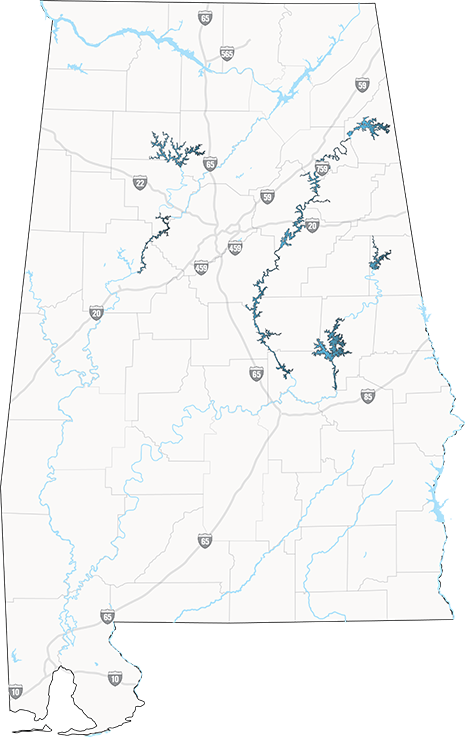

Smith Lake
Area: 21,200 acres
Shoreline: 642 miles
Length: 35 miles
Maximum depth at dam: 264 feet

Weiss Lake
Area: 30,200 acres
Shoreline: 447 miles
Length: 52 miles
Maximum depth at dam: 62 feet
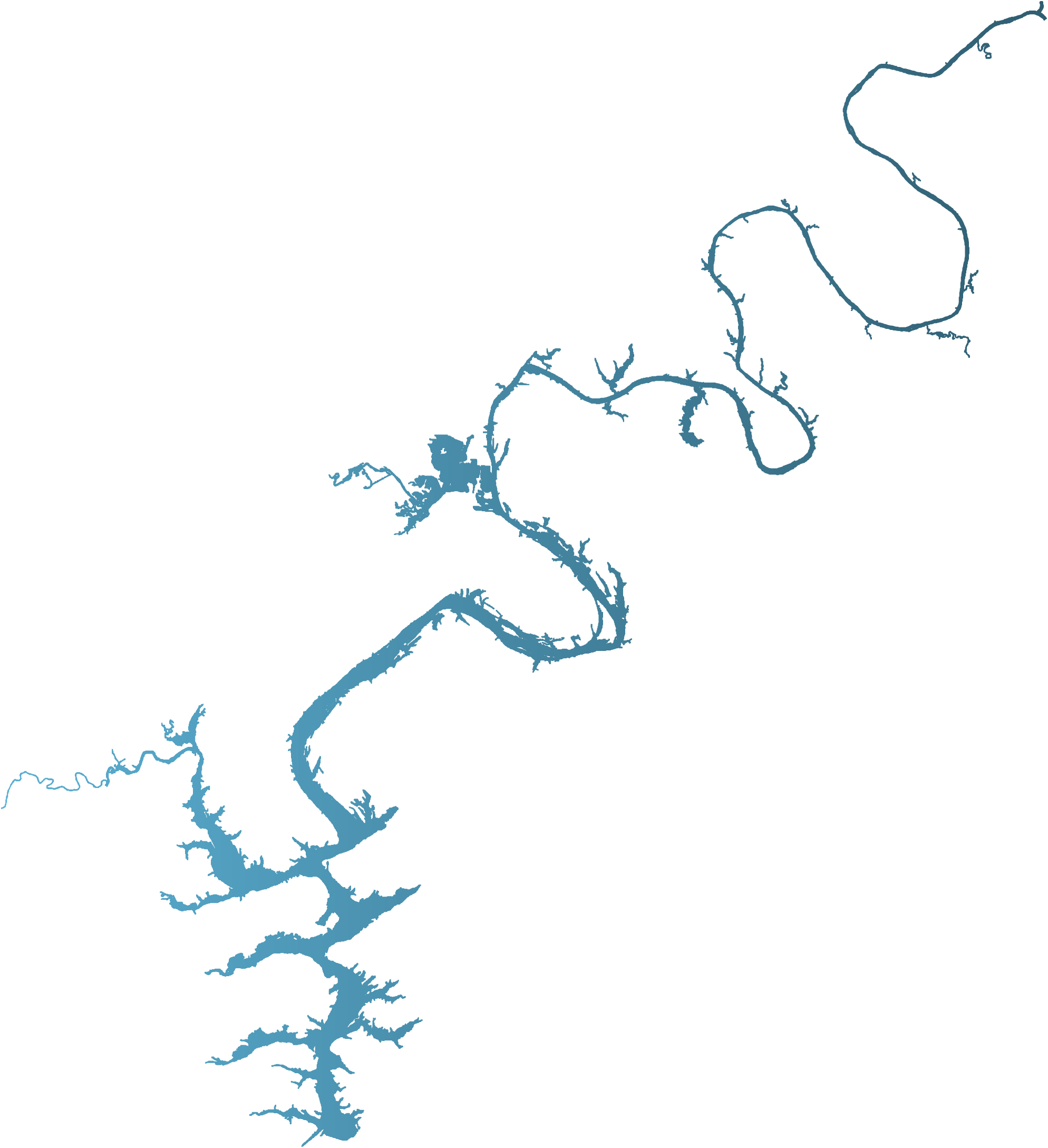
Neely Henry Lake
Area: 11,200 acres
Shoreline: 339 miles
Length: 77.6 miles
Maximum depth at dam: 53 feet
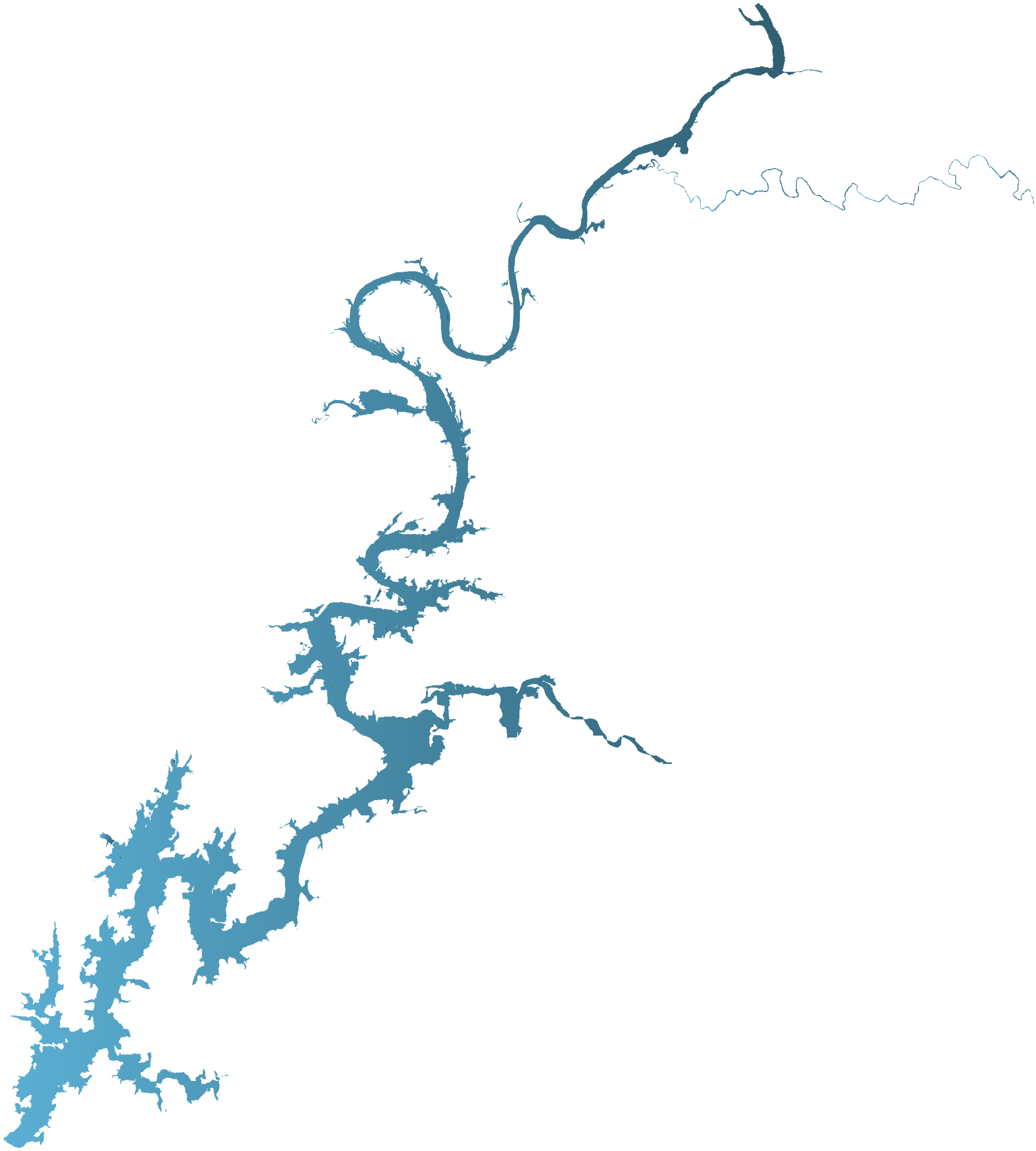
Logan Martin Lake
Area: 15,263 acres
Shoreline: 275 miles
Length: 48.5 miles
Maximum depth at dam: 69 feet
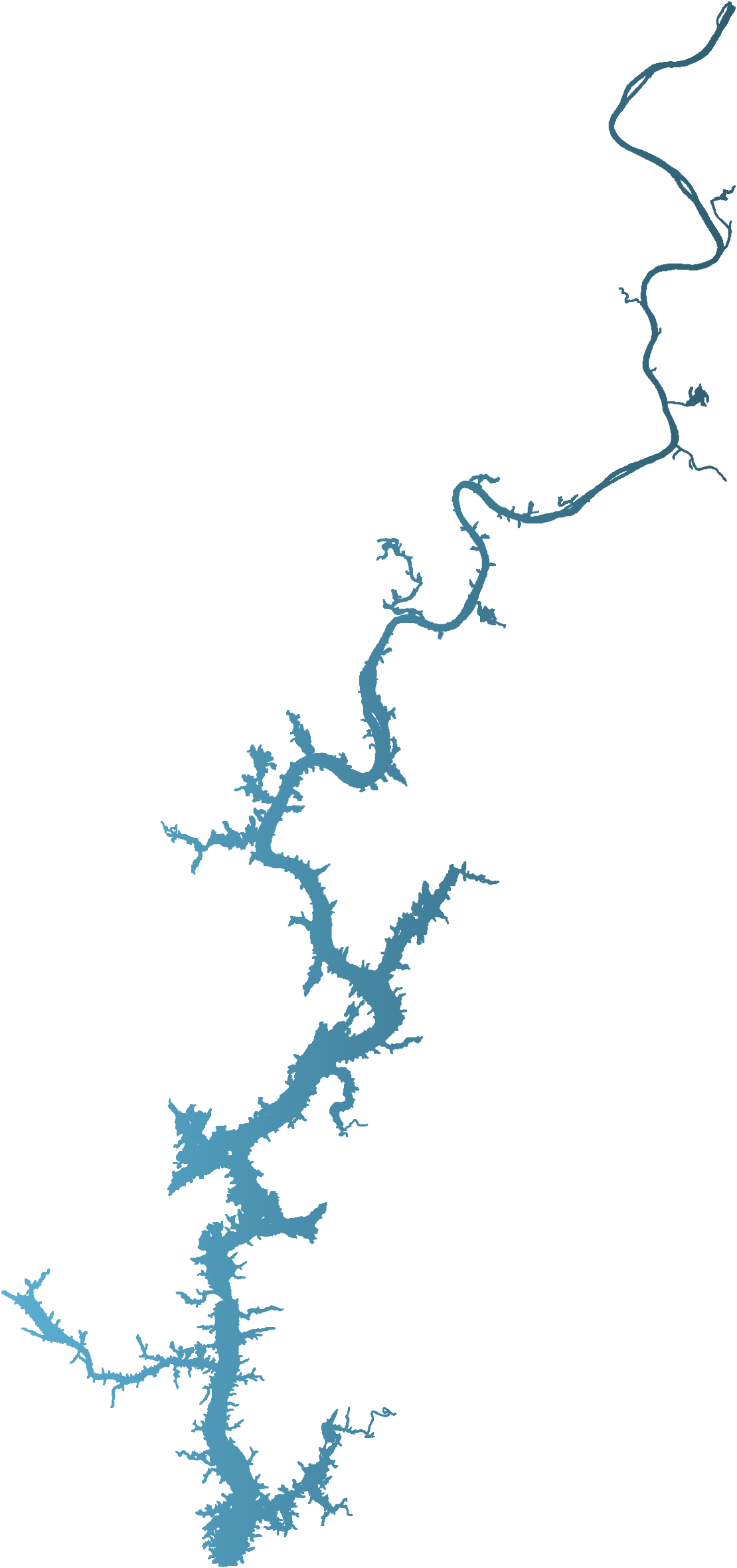
Lay Lake
Area: 12,000 acres
Shoreline: 289 miles
Length: 48.2 miles
Maximum depth at dam: 88 feet

Lake Mitchell
Area: 5,850 acres
Shoreline: 147 miles
Length: 14 miles
Maximum depth at dam: 90 feet

Lake Jordan
Area: 6,800 acres
Shoreline: 118 miles
Length: 18.4 miles
Maximum depth at dam: 110 feet
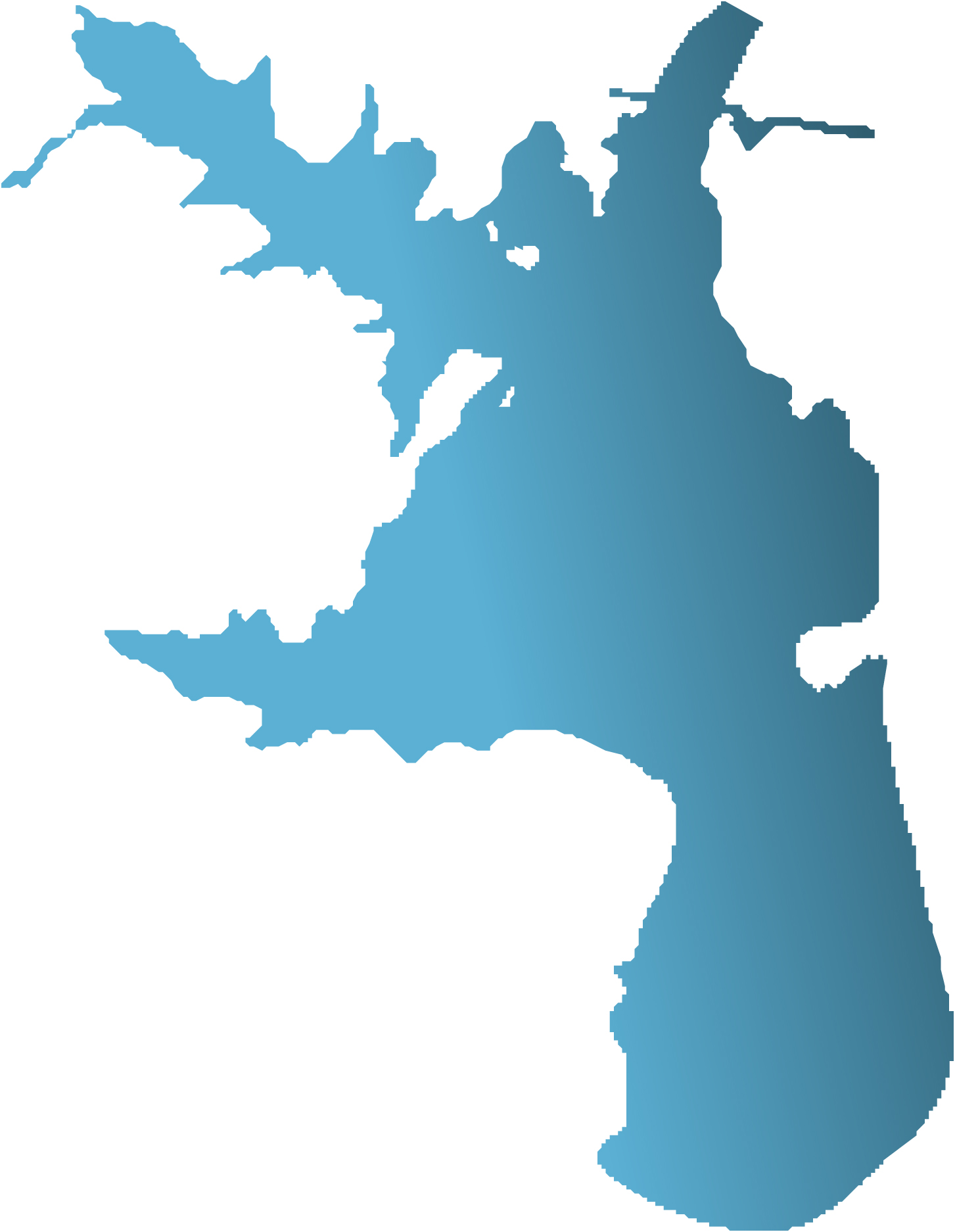
Lake Walter Bouldin
Area: 6,800 acres
Shoreline: 118 miles
Length (for bay only): 3 miles
Maximum depth at dam: 52 feet

Lake Harris
Area: 9,870 acres
Shoreline: 367 miles
Length: 29 miles
Maximum depth at dam: 121 feet

Lake Martin
Area: 41,150 acres
Shoreline: 880 miles
Length: 31 miles
Maximum depth at dam: 155 feet
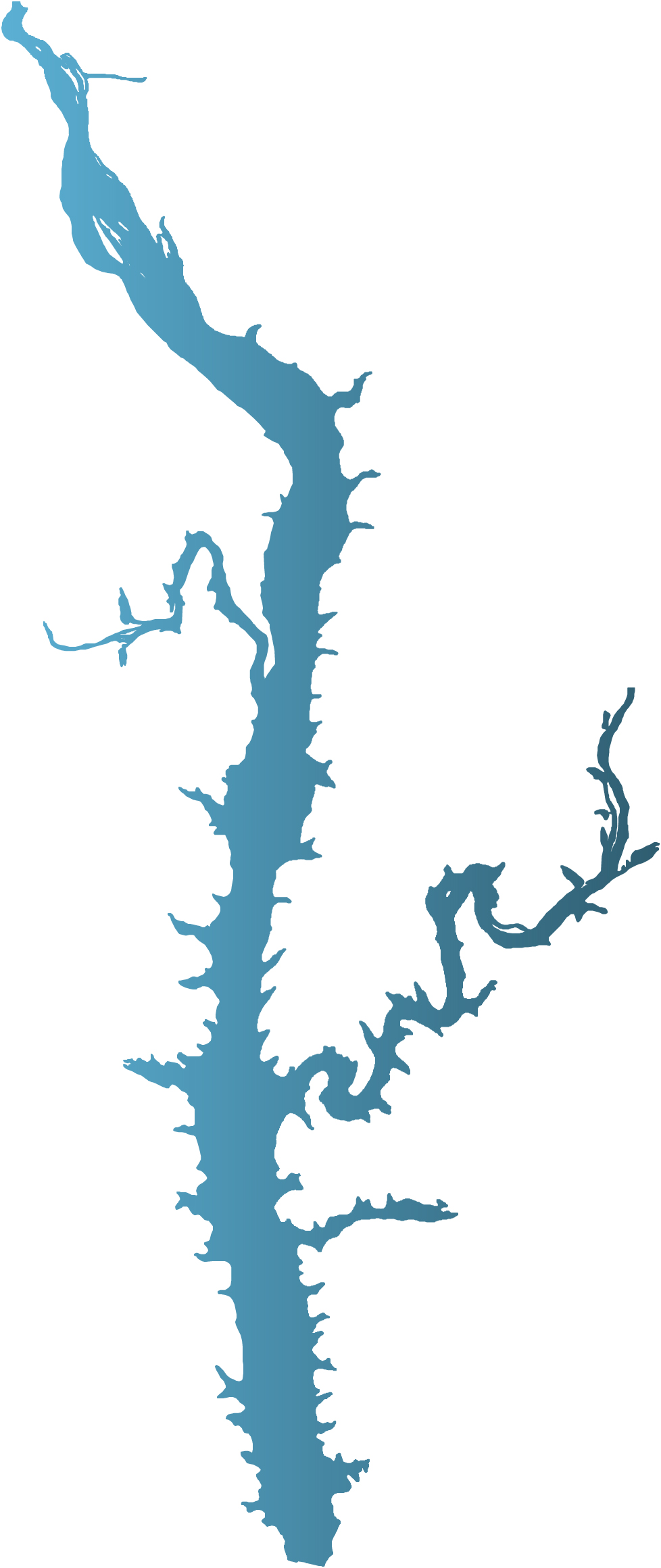
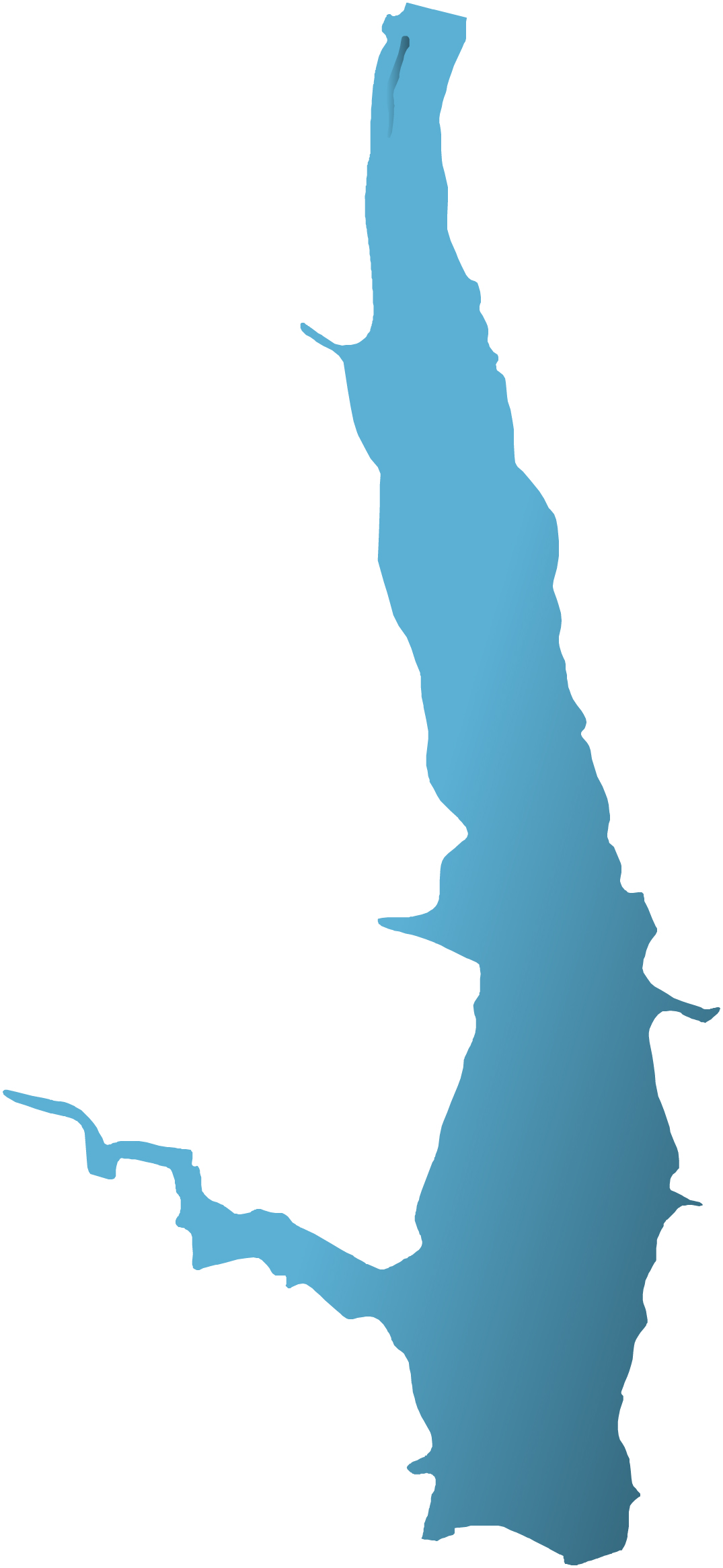
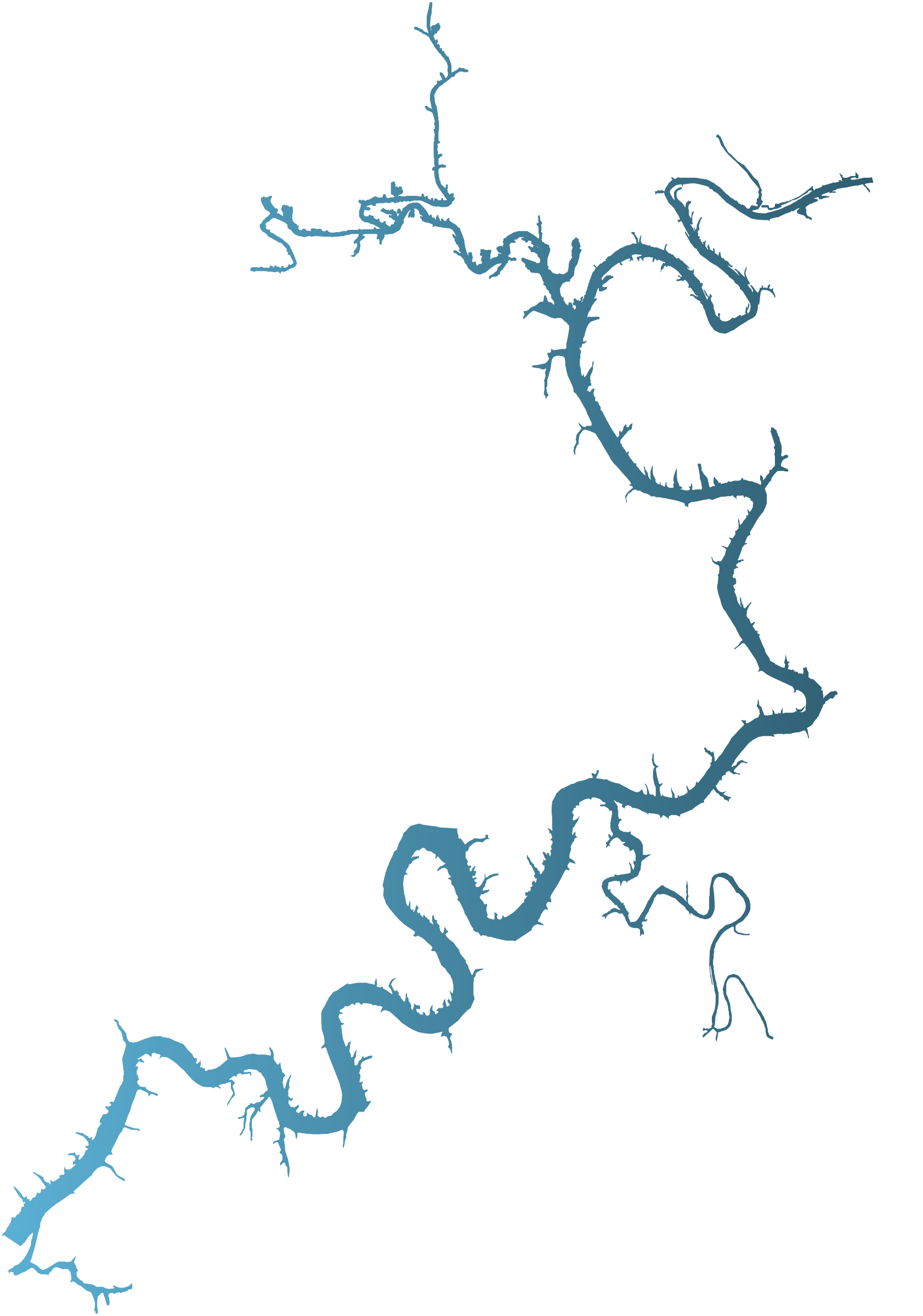
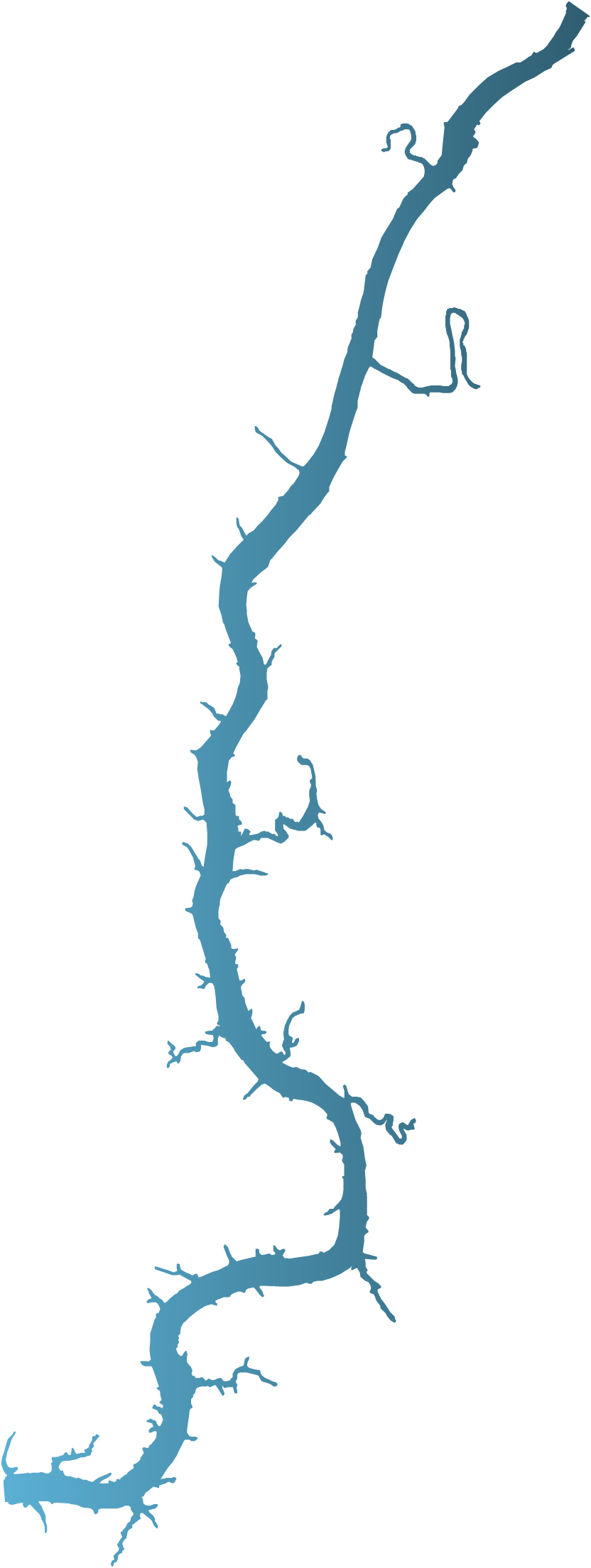

Smith Lake
Area: 21,200 acres
Shoreline: 642 miles
Length: 35 miles
Maximum depth at dam: 264 feet

Weiss Lake
Area: 30,200 acres
Shoreline: 447 miles
Length: 52 miles
Maximum depth at dam: 62 feet

Neely Henry Lake
Area: 11,200 acres
Shoreline: 339 miles
Length: 77.6 miles
Maximum depth at dam: 53 feet

Logan Martin Lake
Area: 15,263 acres
Shoreline: 275 miles
Length: 48.5 miles
Maximum depth at dam: 69 feet

Lay Lake
Area: 12,000 acres
Shoreline: 289 miles
Length: 48.2 miles
Maximum depth at dam: 88 feet

Lake Mitchell
Area: 5,850 acres
Shoreline: 147 miles
Length: 14 miles
Maximum depth at dam: 90 feet

Lake Jordan
Area: 6,800 acres
Shoreline: 118 miles
Length: 18.4 miles
Maximum depth at dam: 110 feet

Lake Walter Bouldin
Area: 6,800 acres
Shoreline: 118 miles
Length (for bay only): 3 miles
Maximum depth at dam: 52 feet

Lake Harris
Area: 9,870 acres
Shoreline: 367 miles
Length: 29 miles
Maximum depth at dam: 121 feet

Lake Martin
Area: 41,150 acres
Shoreline: 880 miles
Length: 31 miles
Maximum depth at dam: 155 feet




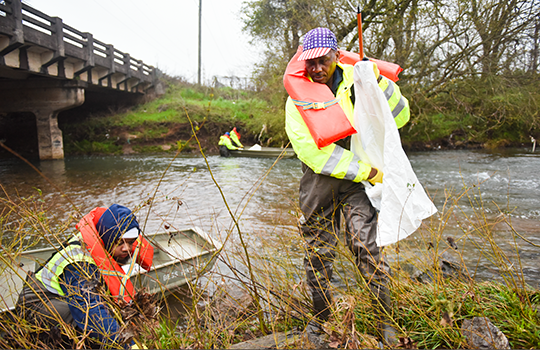
Shoreline Management
As part of our dedication to hydropower and the state, we maintain, protect and provide more than 3,500 miles of shoreline for the use and enjoyment of the public. That dedication includes more than 70 recreation sites and approximately 21 miles of hiking and walking trails that we’ve developed along our shores.
We also have a dedicated website and app, called Shorelines, to help you make the most of your time out on the water. With real-time updates, water level information, weather conditions and lake-related news and stories, Shorelines serves as the ultimate guide to Alabama’s beautiful lakes.
Visit Shorelines Website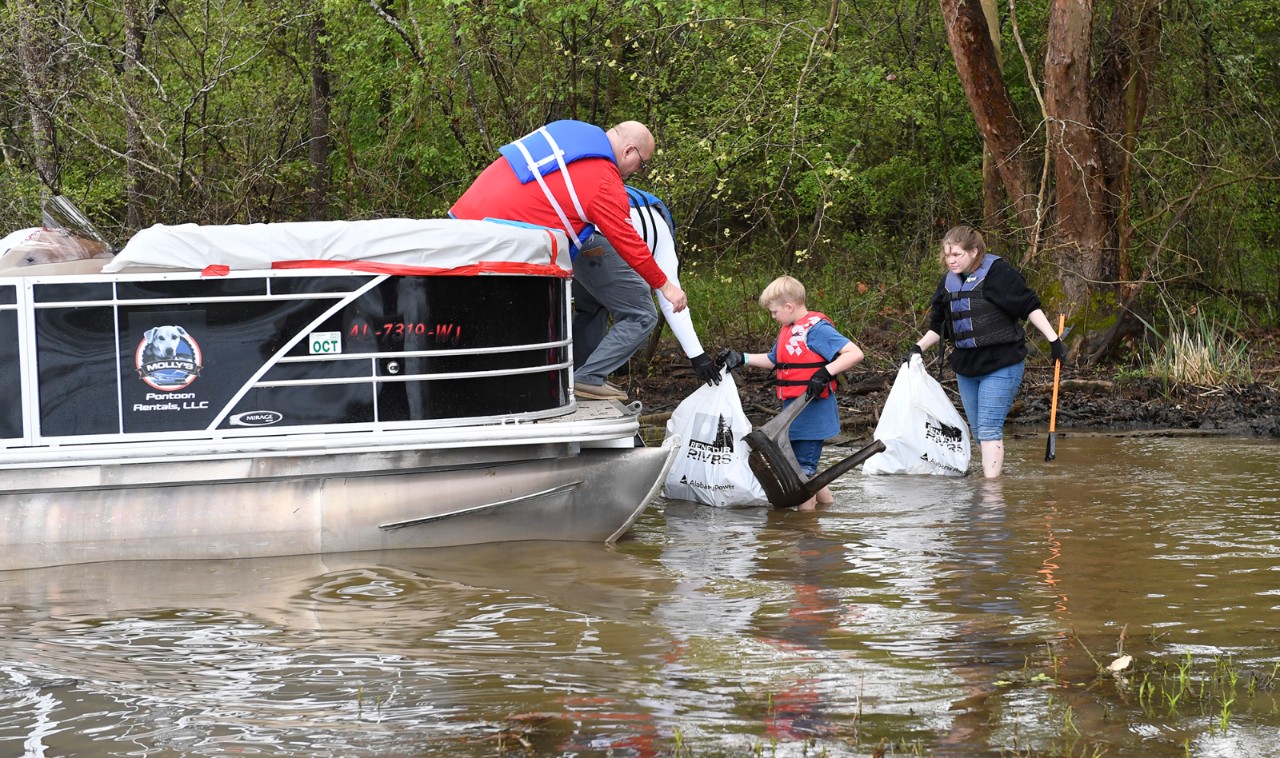
Renew Our Rivers
Started by Alabama Power employees in 2000, Renew Our Rivers (ROR) is now one of the largest river cleanup programs in the United States, and volunteers have removed more than 16 million pounds of trash from Southeastern waterways.
View Cleanup Schedule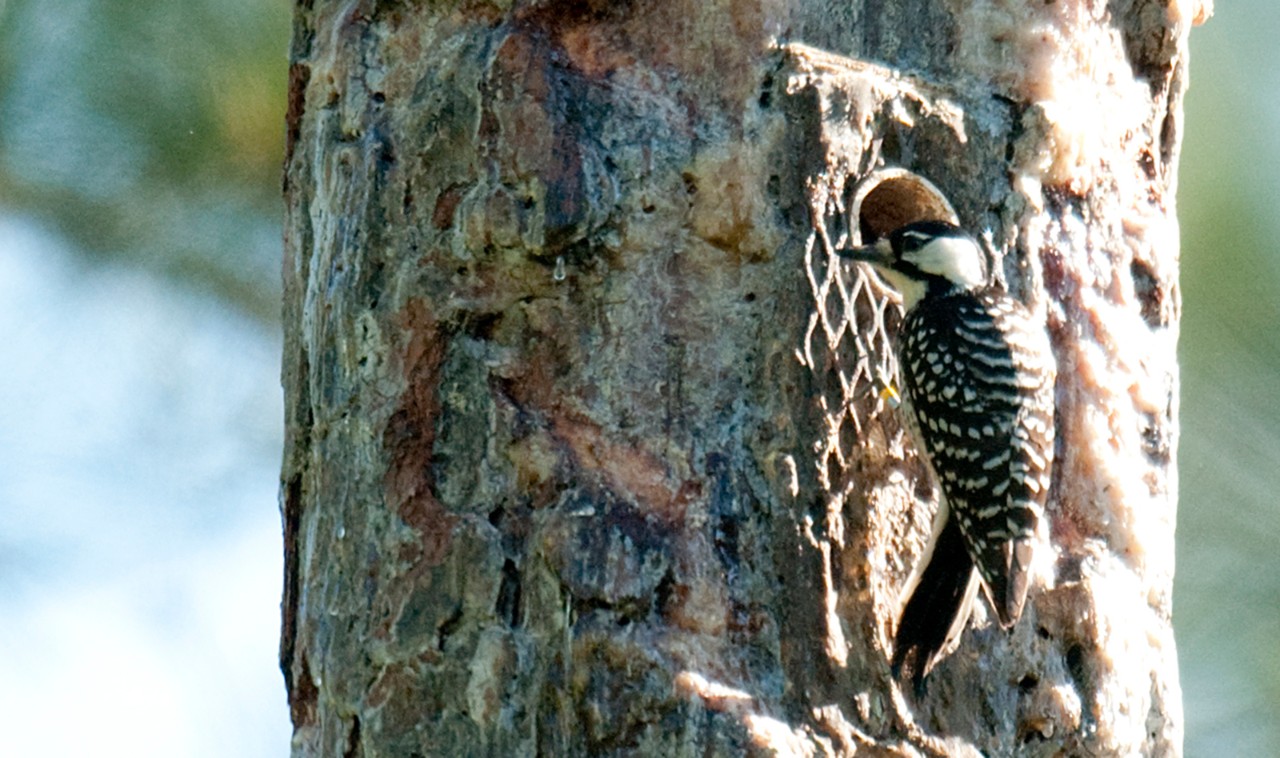
Habitat and Species Diversity
Our state is home to extraordinary biodiversity. We work to foster this diversity and protect and enhance critical species’ habitats, such as those of the Rough Hornsnail, Flattened Musk Turtle, Longleaf Pine, Red-cockaded Woodpecker and Bald Eagle.
View Efforts